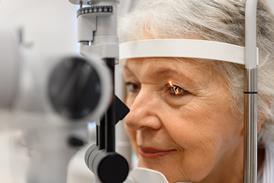The must-read stories and debate in health policy and leadership.
- This week’s Cowper’s Cut: Kick the can
- Today’s vax map: England’s 1,650 sites updated
The latest in the University Hospitals of Leicester finance scandal has seen NHS England’s referral of two former directors to the CQC dropped.
The CQC confirmed this month that John Adler, former chief exec, and Paul Traynor, former CFO, could not be referred as they no longer worked for a registered healthcare provider.
This raises a few questions – why did NHS England refer the two directors if it couldn’t go anywhere?
And is this yet another example of how the fit and proper persons referral process is not… fit for purpose?
In his expert review of the FPP, Tom Kark QC said the FPPT does not stop “the unfit or misbehaved from moving around the system”.
The Kark review also recommended creating a new body, the Health Directors’ Standards Council, with the power to investigate complaints of misconduct by senior directors and bar them from sitting on NHS boards.
Jon Restell, chief executive of union Managers in Partnership, said he believes there is still mileage in the FPP, but the recent white paper on the new health bill suggests managerial regulation could still be on the cards.
This would mean the limited FPP would no longer be the only means to hold managers to account.
Lowest uptake, slowest decline
Lower vaccination uptake in urban areas seems to be a significant factor in London now having the slowest rate of decline in the number of covid positive patients in England.
The rate in the capital has slowed over the last fortnight from 24 to 15 per cent, taking it from second only to the South West in its rate of decline to the worst. As another perspective, at the end of February there were 655 more covid hospital patients in the Midlands than in the capital, a week later there were now just 204.
Over the last fortnight the rate of decline in covid hospital patients has accelerated as the impact of the vaccination programme begins to be felt. On 22 February, the weekly rate of decline was 20 per cent – by yesterday it had reached 27 per cent.
However, this trend marks significant regional variation. Read editor Alastair McLellan’s regional analysis in the full story.

























No comments yet